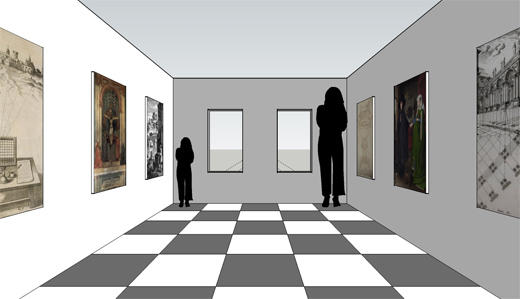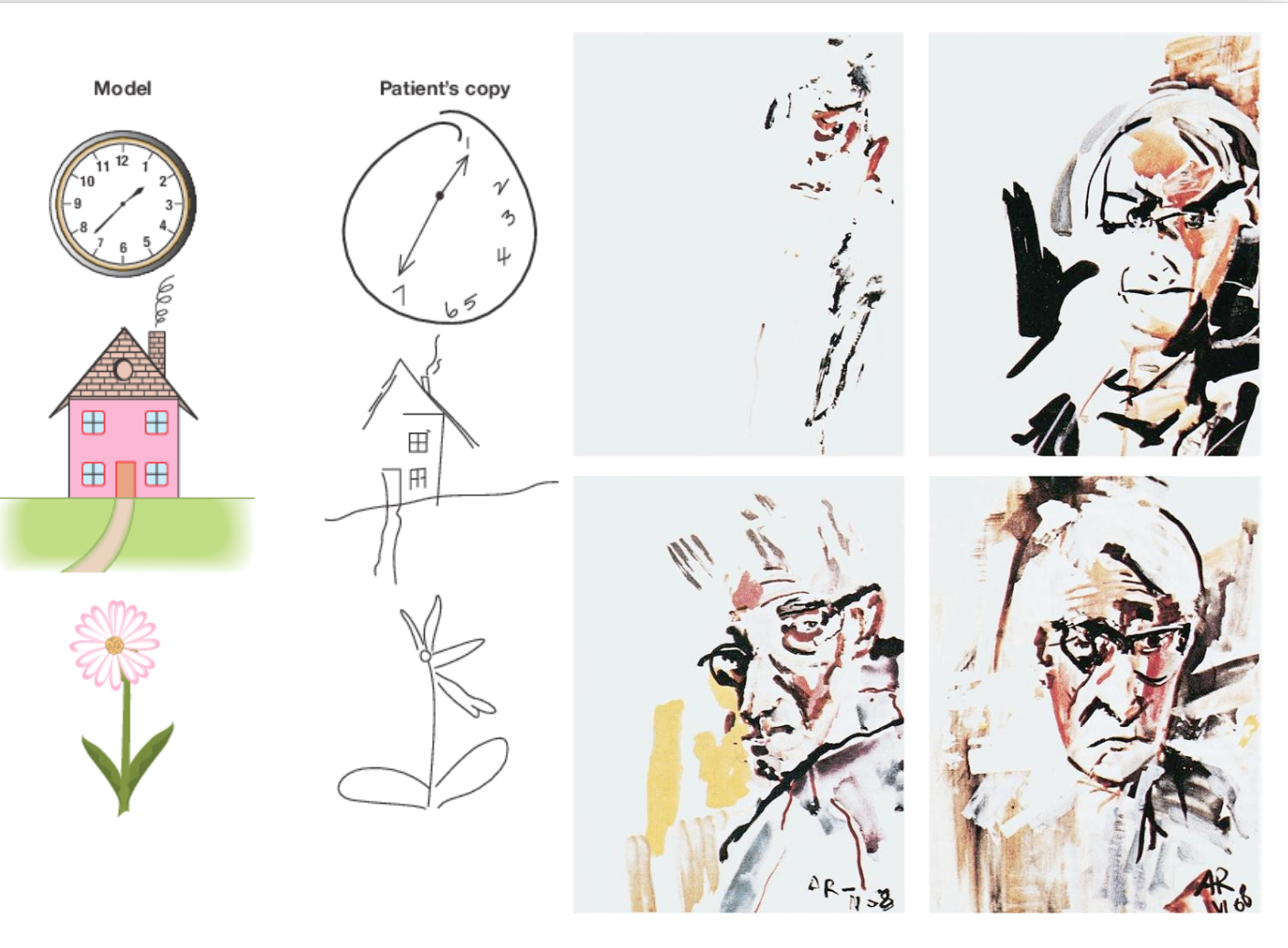Distortions of Perception- Chapter 9
1/8
There's no tags or description
Looks like no tags are added yet.
Name | Mastery | Learn | Test | Matching | Spaced |
|---|
No study sessions yet.
9 Terms
Perception
Occurs when sensory information reaches the brain and is meaningfully interpreted
Perceptual distortion
Involves a mismatch between perceptual experiences and physical reality. When what you see doesn’t match what’s actually real. Your brain misperceives reality for no clear reason.
Visual illusions
A misperception of what we see, caused by the brain misinterpreting visual info. There's a mismatch between what we see and what’s real. Even when we know it's an illusion, we still see it the same way.

Ames room illusion
Involves people appearing smaller or larger depending on where they’re standing. Based on the unusual structure of the room
Agnosia
Characterised by loss or impairment of the ability to recognise and identify objects, people, sounds or other sensory stimuli. Not due to issues with sense organs, attention, or memory, and usually affects one sense, like vision or hearing.
Types of agnosia
Apperceptive Visual Agnosia: Inability to recognise objects
Associative Visual Agnosia: Inability to link what you see to what you know
Prosopagnosia: Face blindness to others and themselves
Simultanagnosia: Inability to recognise objects if there is more than 1
Topographical Agnosia: Navigation difficulty in furmiliar scenes
Colour Agnosia: Colour identification loss
Agnosic Alexia: Reading difficulty
Synaesthesia
A perceptual experience where one sense triggers additional sensations in another, enhancing the overall experience. It is not a disease and usually does not interfere with daily functioning.
Types of synaesthesia
Mirror-Touch Synaesthesia: Feel touch by seeing others touched
Auditory-Tactile Synaesthesia: Sounds trigger body sensations
Word-Gustatory Synaesthesia: Taste flavors from words
Pain Synaesthesia: Feel pain by seeing others in pain
Chromesthesia: See colours from sounds, tastes, or odors
Chromatic Audition: Sounds trigger colour
Time-Space Synaesthesia: Time has spatial locations

Spatial Neglect
A neurological disorder where individuals ignore one side of their world despite normal senses. Common in stroke victims with right parietal lobe damage. Right-side neglect occurs less often with left hemisphere damage.